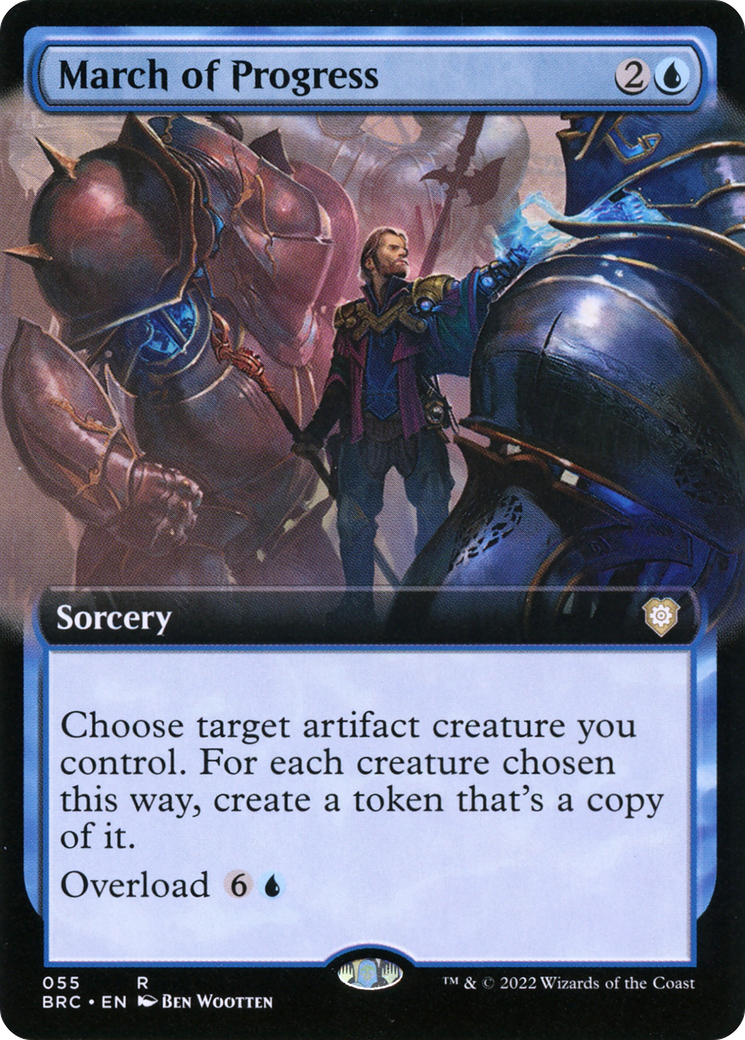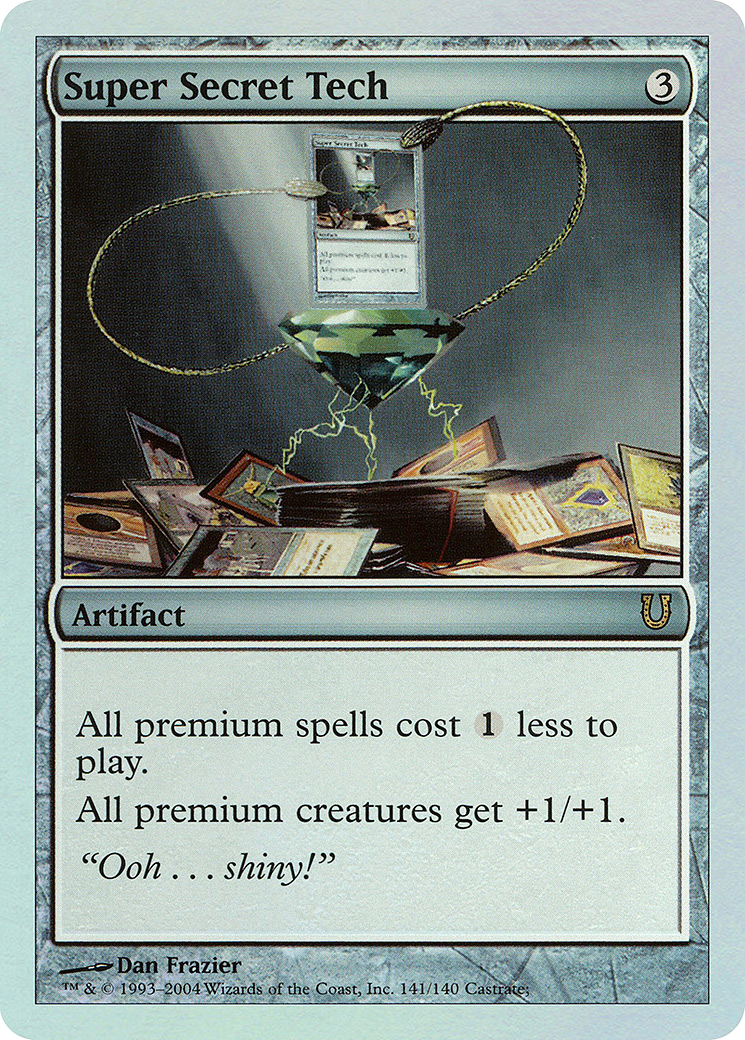Judge Calls in the 21st Century
Published on April 1st, 2024.

The history of Magic is the history of modernization. The earliest Magic tournaments in the mid 90s were run by hand, on notecards. Then we got software: DCIR, WER, WLTR. This software allowed tournaments to be much larger, faster, and more consistent, enabling a boom in tournament Magic that, at its height, got the pro tour broadcast on ESPN. The most recent major change we got was the rise of Eventlink and MTGMelee, leveraging the advantages of mobile phones to dramatically simplify the physical logistics required to run a tournament. But one thing has remained unchanged in all this time. Whenever a player needs assistance, they must physically raise their hand, shout "judge", and wait for someone to notice them.
My friends, it is 2024. Quantum computing has beaten the world's best supercomputers. A person can be driven across the country by an AI in an electric car. NASA has almost figured out how to go to the moon.
Our current method of summoning judges is slow, potentially embarrassing, physically exerting, and dreadfully old fashioned. It's time we modernized.
Some have suggested adding this functionality to the Companion app. A player could simply press a button on their phone and a judge will appear a moment later, as if from nowhere.
But this is not quite as straightforward as it may seem. Not all convention centers have cell service. The notification should go to the closest available judge to the player, with the judge noticing the notification immediately. And the judge must be able to quickly locate the player once notified.
I of course have the utmost confidence in the Wizards of the Coast software development team to tackle challenges like these. But it's an interesting exercise to think about what modifications would be needed in order to make a system like this work.
The problem of cell service is a challenging one. We don't have the ability to change how convention centers are constructed or the power of cell towers nearby, so we'll need some method of data transmission that does not require an external relay; some peer-to-peer protocol. Players won't like having to install new things, so ideally it would be some system that comes already installed for everyone. Bluetooth unfortunately is too low-range, but luckily there are other options.
Then there's the problem of location. GPS is not reliable inside a convention center for the same reason as cell service, so that's out. When the player is in a tournament the judge could simply be given their table number, but sometimes a player may need a judge while not in an event. And there'd need to be some way to locate the judge as well, so that a player is summoning the closest one rather than someone across the hall. So whatever peer-to-peer protocol is chosen to transmit the notification should have some beacon functionality that can spatially locate one person in relation to the other.
The two main methods of doing this are triangulation and trilateration. Triangulation functions by drawing a straight line from several guide points with known location to the point of interest, then checking the angle that those those lines make to the baseline hyperplane; where those lines intersect, that's where the target is. Trilateration by contrast relies on the emission of a signal from the target point, where the signal propagates with a known speed. Multiple receptors with a known location can receive that signal and compare the times at which they received it, which allows them to each determine a hypersphere on which the target point lies. By calculating the points of intersection of these hyperspheres, the agent can narrow down the location of the target.
Any single method is likely to include some error, so in the interest of accuracy and reliability we should probably use both. The number of fixed points necessary for both triangulation and trilateration is equal to the dimension of the space in which they're taking place, so 3. But the vast majority of Magic events take place on a single floor of the building, so we know that all the judges and players will be at about the same elevation. This assumption lets us cut it down to 2 points each, through we would need some mechanism to keep them perpendicular to the floor.

So what protocols should be used? Well, for the triangulation, we can take advantage of the fact that most convention centers come pre-equipped with electromagnetic wave generators embedded in the ceiling. These emitters can be configured to emit specific frequencies towards every player in the hall, and a player in need of assistance can modify those frequencies while re-transmitting them towards nearby judges. We can use the Rayleigh criterion to calculate the separation distance needed for the judge's receiver; taking into account convention center sizes and reasonable levels of error, 65mm should be sufficient to calculate a vector from the judge to the player.
For the trilateration, we can have the player use a cavity resonator to emit phonons. These phonons will propagate in all directions through the background medium, and be received by two receptors held by judges in the surrounding area. The relative timing and magnitude of the signal at each receiver can give the judge's computing device the rough direction of the player, which cam then be narrowed down by the targeted triangulation.
The next problem to address is that of choosing which judge to notify. The nearest one is the most obvious choice, but sometimes the nearest judge will be busy, or will need assistance from another judge. So we'll want to notify multiple judges, assigning each notification a relevance score that's inversely proportional to that judge's distance from the player. The judge's computing device can then use some heuristic algorithms to determine whether that judge should respond to each specific call. The phonon-based trilateration system lends itself well to this, as the signal attenuates with distance following an inverse-square law, so the magnitude measured by the two receptors can be fed into this algorithm as well.
Lastly is the problem of eliminating latency. Waiting for a judge to check their phone in order to know about a judge call is no good, and the vibration of a push notification can easily get missed in a busy convention center. Luckily, we have the technology to improve on this. By sending electrical signals directly into the brain using some sort of wire or fiber, we can insure that the judge is immediately made aware that a notification was received and a player needs their assistance. These signals can be transduced directly from the phonon-receptors, eliminating all unnecessary delays.
I believe that a system designed along these lines would be quite reliable.